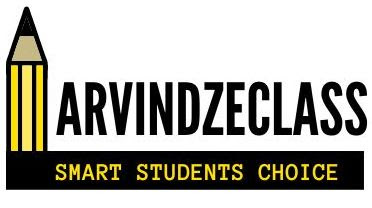What is computer generation?
Computer is a machine not like bike or car, but an electronic machine, which works with electricity and perform many tasks.
The evolution of Computers has been divided into five generations.
First Generation: The first generation computers used vacuum tubes for circuits and magnetic drums for memory. They were extremely large as a size of a room.
Second Generation: In 1960s, in second generation, vacuum tubes were replaced by transistors. Now computers were smaller, faster, and reliable.
Third Generation: In third generation computer Integrate Circuits (IC) were used. Now computer were smaller in size, and were working faster than second generation computers.
Fourth Generation: In fourth generation microprocessor has been used. A microprocessor is an integrated chip on which the entire Central Unit and ALU (CPU ) is fabricated.
Fifth Generation: The fifth generation computer is in development stage. This computer would be like human being (robots) Artificial Intelligence (AI) based and it will take decision itself.
Class 11 CS Chapter - ICT
- Computer Generation, Categories
- Computer Hardware
- Computer Software
What are the categories of computers?
 |
| Type of Computers |
Analog Computer: These computer measures continuous changeable
physical quantities like weight, temperature, or speed. These computers need
constant input supply to give output. For example, Thermometer, Speedometer.
Digital Computer: These computers use digits (0s & 1s,
binary number) to complete a task and give results. These computers give accurate
results. Desktop, Laptop, and Smartphone are the application of digital
computer.
Hybrid Computer: This computer is the combination of both analog and digital computer. These computers take analog signal as a input and give digital results. These computers are generally used in research and in hospital.
Micro Computer:
These computers are also called personal
computer which are made of input device, output device, Primary memory,
Secondary memory, and Central Processing Unit (CPU). There are different types
of micro computers,
Desktop: These computers are designed for home and office use.
Laptop: These are portable computer which we can carry anywhere and give three
hours battery backup.
Tablet: These are the combination of phone and laptop which are the size of a
notebook and touch based system.
Smartphone: These are phone which provide additional feature which are given in
laptop or in a desktop.
What id IPO cycle in computer system?
A computer system is made of hardware and software which work together and produce desired results.
 |
| IPO Cycle in Computer |
A computer system follows Input > Process > Output cycle (IPO cycle). It receives instructions from input devices and then processes data in Central Processing Unit (CPU brain of computer) and output devices gives results.
Human being also follows IPO cycle like a child looks at a flower and then brain processes the information and gives message to puck the flower.
What is the block diagram of a computer system?
A computer system gets instructions from input devices (keyboard, mouse) and processes instructions in CPU and output devices (Monitor, Printer) gives results. A CPU is the brain of a computer which has three components:
 |
| Block Diagram of Computer |
1) Control Unit: This unit controls the flow of data from memory to CPU for processing and after processing CPU to memory. It is just like traffic police in a city.
2) Arithmetic & Logical Unit: This unit helps to take arithmetical (calculation) and logical (And, Or, Not) decisions. It processes the data and gives to memory unit.
3) Memory Unit: This unit receives instructions from input device and stores in registers in a queue for processing. After processing it saves results in cache memory. Finally it transfers results to output devices.





No comments:
Post a Comment